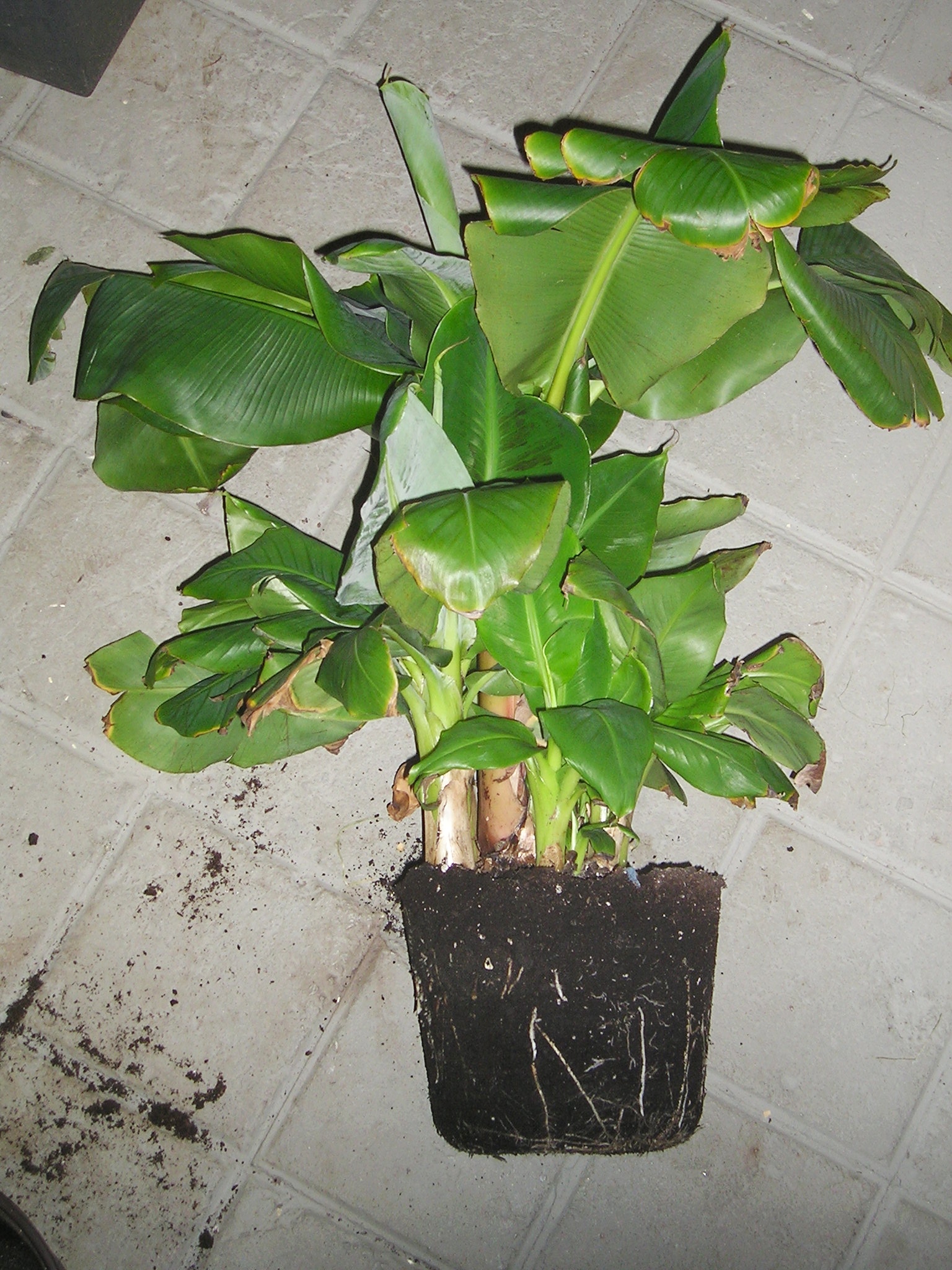Offset (botany) on:
[Wikipedia]
[Google]
[Amazon]

 In
In

 In
In botany
Botany, also called plant science, is the branch of natural science and biology studying plants, especially Plant anatomy, their anatomy, Plant taxonomy, taxonomy, and Plant ecology, ecology. A botanist or plant scientist is a scientist who s ...
and horticulture
Horticulture (from ) is the art and science of growing fruits, vegetables, flowers, trees, shrubs and ornamental plants. Horticulture is commonly associated with the more professional and technical aspects of plant cultivation on a smaller and mo ...
, an offset (also called a pup, mainly in the US,) is a small, virtually complete daughter plant that has been naturally and asexually produced on the mother plant. They are clones, meaning that they are genetically identical to the mother plant. They can divide mitotically
Mitosis () is a part of the cell cycle in eukaryotic cells in which replicated chromosomes are separated into two new nuclei. Cell division by mitosis is an equational division which gives rise to genetically identical cells in which the t ...
. In the plant nursery
A nursery is a place where plants are plant propagation, propagated and grown to a desired size. Mostly the plants concerned are for gardening, forestry, or conservation biology, rather than agriculture. They include retail nurseries, which se ...
business and gardens, they are detached and grown in order to produce new plants. This is a cheap and simple process for those plants that readily produce offsets as it does not usually require specialist materials and equipment.
An offset or 'pup' may also be used as a broad term to refer to any short shoot originating from the ground at the base of another shoot. The term 'sucker' has also been used as well, especially for bromeliads, which can be short lived plants and when the parent plant has flowered, they signal the root nodes to form new plants.
Offsets form when meristem
In cell biology, the meristem is a structure composed of specialized tissue found in plants, consisting of stem cells, known as meristematic cells, which are undifferentiated cells capable of continuous cellular division. These meristematic c ...
regions of plants, such as axillary bud
The axillary bud (or lateral bud) is an Plant embryogenesis, embryonic or Organogenesis#Plant organogenesis, organogenic Shoot (botany), shoot located in the axil of a leaf. Each bud has the potential to form shoots, and may be specialized in prod ...
s or homologous structures, differentiate into a new plant with the ability to become self-sustaining. This is particularly common in species that develop underground storage organs, such as bulb
In botany, a bulb is a short underground stem with fleshy leaves or leaf basesBell, A.D. 1997. ''Plant form: an illustrated guide to flowering plant morphology''. Oxford University Press, Oxford, U.K. that function as food storage organs duri ...
s, corm
Corm, bulbo-tuber, or bulbotuber is a short, vertical, swollen, underground plant stem that serves as a storage organ that some plants use to survive winter or other adverse conditions such as summer drought and heat (perennation).
The word ''c ...
s and tuber
Tubers are a type of enlarged structure that plants use as storage organs for nutrients, derived from stems or roots. Tubers help plants perennate (survive winter or dry months), provide energy and nutrients, and are a means of asexual reproduc ...
s. Tulip
Tulips are spring-blooming perennial herbaceous bulbiferous geophytes in the ''Tulipa'' genus. Their flowers are usually large, showy, and brightly coloured, generally red, orange, pink, yellow, or white. They often have a different colour ...
s and lilies are examples of plants that display offset characteristics by forming cormlets around the original mother corm. In the UK, the term 'bulbils' is used for lilies. It can take up to 3 years for the bulbil to store enough energy to produce a flower stem. although larger bulbs (such as ''Cardiocrinum giganteum
''Cardiocrinum giganteum'', the giant Himalayan lily, is the largest species of any of the lily plants, growing up to 3.5 metres high. It is found in the Himalayas, China and Myanmar (Burma).
;Varieties
Two varieties are recognized
*''C. giga ...
'') may take 5 to 7 years before flowering.
It is a means of plant propagation. When propagating plants to increase a stock of a cultivar
A cultivar is a kind of Horticulture, cultivated plant that people have selected for desired phenotypic trait, traits and which retains those traits when Plant propagation, propagated. Methods used to propagate cultivars include division, root a ...
, thus seeking identical copies of parent plant, various cloning techniques (asexual reproduction
Asexual reproduction is a type of reproduction that does not involve the fusion of gametes or change in the number of chromosomes. The offspring that arise by asexual reproduction from either unicellular or multicellular organisms inherit the f ...
) are used. Offsets are a natural means by which plants may be cloned.
In contrast, when propagating plants to create new cultivars, sexual reproduction
Sexual reproduction is a type of reproduction that involves a complex life cycle in which a gamete ( haploid reproductive cells, such as a sperm or egg cell) with a single set of chromosomes combines with another gamete to produce a zygote tha ...
through pollination is used to create seed
In botany, a seed is a plant structure containing an embryo and stored nutrients in a protective coat called a ''testa''. More generally, the term "seed" means anything that can be Sowing, sown, which may include seed and husk or tuber. Seeds ...
s. The recombination of genes gives rise to offspring plant with similar but distinct offspring genome.
References
Plants {{Horticulture-stub